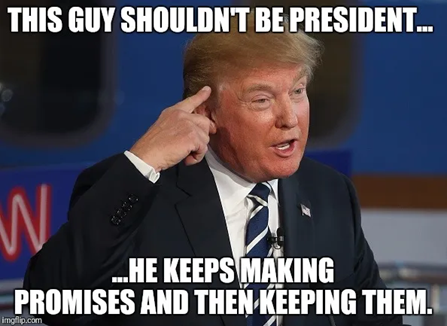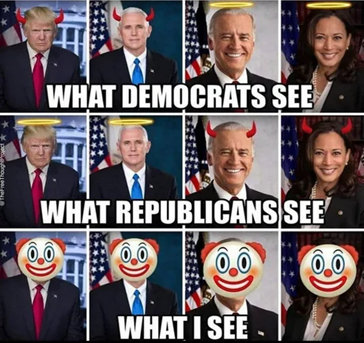Master the meme
- Meme
- a. A cultural feature or a type of behaviour that is passed from one generation to another, without the influence of genes. b. An idea, image, video, etc. that is spread very quickly on the internet. Cambridge Dictionary
- Propaganda
- Information, ideas, opinions, or images, often only giving one part of an argument, that are broadcast, published, or in some other way spread with the intention of influencing people's opinions. Cambridge Dictionary
Students are tasked with creating propaganda memes. They are given a news story and are told what side of the issue they are to represent. They then must make memes that could be effectively used to convince a general audience.
Lesson goals
- Considering memes and their effects as social phenomena, beyond their entertainment value
Activities
Theory (5 minutes) - teacher-centered
Teacher introduces the topic.
Aim: students understand the basics of political (propaganda) memes.
Exercise (30 minutes) - group work
Students create and share propaganda memes.
Aim: students learn about how memes can be used for propaganda, how to recognize them and diffuse their message.
Discussion (10 minutes) - class
Students discuss their experience.
Aim: students reflect on their findings.
Keywords
Pedagogical tips and recommendations
- You can achieve the best results by informing your students of the assignment in advance. That way, they can start planning their memes before the lesson.
- Make sure the memes are not offensive.
Theory (5 minutes)
A meme is a complex anthropological phenomenon. It is a message encoded into different media: image, sculpture, video, verbal act, dance, etc., which is usually funny. Memes draw from an intense framework of references and are often metaphorical, ironic, etc. The most common are images with captions.
Memes are often employed as a means of political propaganda. They can mask their agenda with humor, irony, and astroturfing, i.e., making it seem like ordinary people are creating and pushing such memes into circulation.
Let us look at some examples.
Pro-Trump propaganda:

Anti two-party meme:

A good way to defuse the power of propaganda memes is to make students practice making propaganda memes. That way they can realize how political agenda reflects itself in a meme and better recognize propaganda memes in real life, thus being more resilient to implicit propaganda.
Exercise (30 minutes)
Split the students into groups (up to 4 members).
Meme creation (15 minutes)
You can choose either one topic for everyone or make students follow the weekly news and pick a topic. Their task is simple: they should pick whichever side of an issue and try to make a propaganda meme, a biased meme that tries to convince their audience that one side is preferable to the other. This bias should, if possible, not be obvious. The meme should not look like propaganda.
Meme rating (15 minutes)
At this point, you should try to pick the best meme. The students present their memes (you can make them anonymous), and the class should comment on the following:
1) How convincing is the meme?
2) How obvious is it that it is biased/political?
3) What would make it more effective?